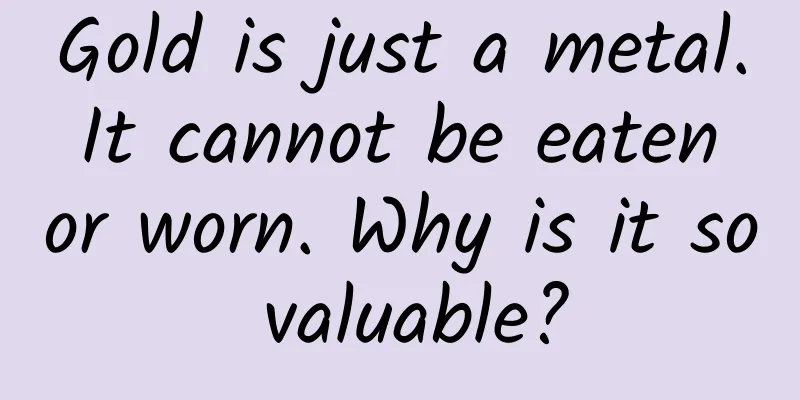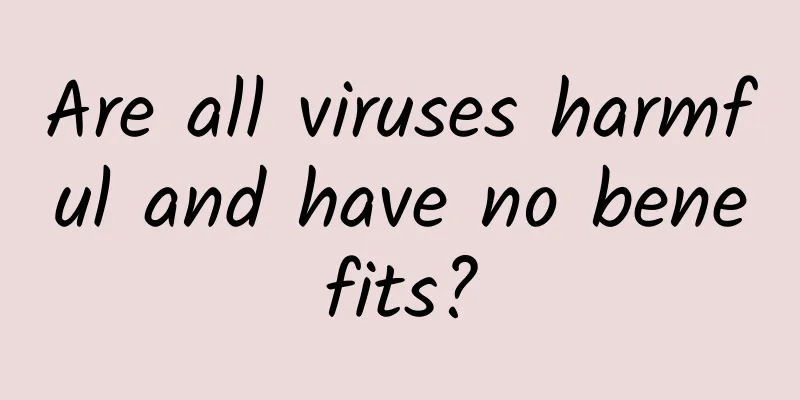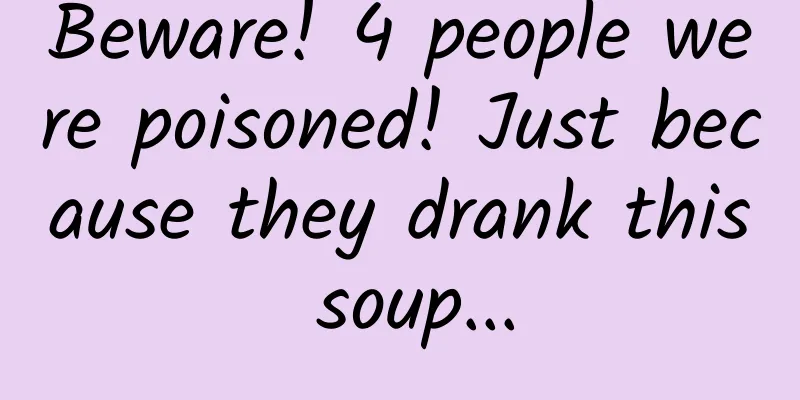The sky is falling, disposable chopsticks are bleached with sulfur dioxide! ?

|
I don’t know if you have seen such news online, saying that merchants would use sulfur dioxide to bleach nuts (especially pistachios) and dried goods (such as vermicelli, white fungus, etc.), and some nuts and dried goods would even be detected to have excessive sulfur dioxide levels. News about bleaching nuts with sulfur dioxide and excessive sulfur dioxide, pictures taken from the Internet In addition, regarding sulfur dioxide, there are news reports on the Internet saying that businesses use sulfur dioxide to bleach disposable chopsticks. News report about bleaching chopsticks with sulfur dioxide, picture taken from the Internet Nuts and dried fruits are foods that are eaten directly, and chopsticks are also items that come into direct contact with food. Can they really be bleached with sulfur dioxide? Let's talk about this today. Bleaching properties of sulfur dioxide Sulfur dioxide (SO2) is one of the "star compounds" in high school chemistry textbooks. It is a colorless gas with a pungent odor. Sulfur dioxide has a relatively strong reducing property and can reduce some colored organic matter to colorless substances, so sulfur dioxide has a certain bleaching property. I wonder if your teacher has ever shown in high school chemistry class that sulfur dioxide can fade the color of a fuchsin solution, and after reheating, the fuchsin solution returns to its original color, indicating that the bleaching property of sulfur dioxide is reversible. These properties of sulfur dioxide make it a very common bleaching agent, preservative and antioxidant in our lives. Sulfur dioxide is widely used in food Sulfur dioxide is a toxic gas and one of the main air pollutants. Excessive sulfur dioxide may cause symptoms such as difficulty breathing, vomiting, diarrhea, and asthma-like reactions. Can this toxic substance really be used to bleach food, chopsticks and other things that are eaten directly? Copyright images in the gallery. Reprinting and using them may lead to copyright disputes. The answer is: Yes. Sulfur dioxide is a legal food additive in many countries and regions. For example, in the "National Food Safety Standard for the Use of Food Additives" (GB2760-2024) implemented on February 8, 2025, there is a description of sulfur dioxide as a food additive. Sulfur dioxide and sulfites are allowed to be added to food as bleaching agents, preservatives, and antioxidants. Here is a clarification: what people add to food is not necessarily sulfur dioxide gas, but salts such as sulfites. However, when it is finally tested, it will be processed and calculated as the residual amount of sulfur dioxide, so for the sake of convenience, sulfur dioxide will be directly mentioned later. There are many types of foods that are allowed to have sulfur dioxide added to them, including dried fruits, candied fruits, nuts, and bean curd sticks that are common in New Year's goods. In addition, noodles, dumpling wrappers, wonton wrappers, starch, white sugar, and white sugar products that are very common in life are also allowed to have sulfur dioxide added to them. Sulfur dioxide is also an important preservative and antioxidant in wine and fruit juice drinks. Foods that are allowed to use sulfur dioxide (partial), Image source: GB 2760-2024 National Food Safety Standard Food Additives Usage Standard Therefore, the application of sulfur dioxide in food can be regarded as very extensive. But will sulfur dioxide in food harm human health? The Joint Expert Committee on Food Additives (JECFA) of the Food and Agriculture Organization of the United Nations (FAO) and the World Health Organization has evaluated the safety of sulfur dioxide and concluded that the acceptable daily intake (ADI) of sulfur dioxide is 0-0.7 mg per kilogram of body weight. Copyright images in the gallery. Reprinting and using them may lead to copyright disputes. For a person weighing 70 kg, the maximum daily intake is 49 mg. What does this mean? Let's take noodles as an example, a food that is consumed in large quantities. The maximum allowable residue is 0.05g/kg, or 50mg/kg, which is equivalent to eating 1kg of noodles a day to exceed this limit. This is calculated based on the maximum amount of sulfur dioxide residue, so we don't need to worry too much about sulfur dioxide. Be careful about products bleached in "small workshops" It is undeniable that although products produced by regular manufacturers need to comply with the "National Food Safety Standard for the Use of Food Additives", the safety of food sold by roadside vendors is not necessarily guaranteed. The sources of food sold by some informal small vendors are not reliable and may be sold without any testing. In order to make the food look better, sulfur dioxide may be used for bleaching, which can easily lead to excessive sulfur dioxide levels. In addition, some unscrupulous vendors may re-bleach nut foods that have been stored for a long time and pass them off as genuine products. These foods are undoubtedly unsafe. Therefore, it is recommended to choose regular supermarkets when purchasing food. After all, these supermarkets are responsible for the safety of the food they sell. The same is true for chopsticks bleached with sulfur dioxide. Copyright images in the gallery. Reprinting and using them may lead to copyright disputes. Whether it is fumigation with sulfur or soaking with sulfites, after the raw materials of chopsticks are bleached, the treated wood should be subsequently treated to remove excess sulfur dioxide. However, some small workshops may omit the subsequent treatment process in order to "save costs", resulting in excessive sulfur dioxide residue in the chopsticks. For example, in 2010, CCTV's "315 Gala" exposed a "black workshop" that used industrial sulfur to fumigate and bleach disposable chopsticks. After two days of fumigating the wood with sulfur, the workers did not perform any operations to remove sulfur dioxide from the wood. They directly cut and polished the wood, and then simply packaged it for sale. Some moldy chopsticks were even "mixed" with other chopsticks after being bleached. Image source: Screenshot of CCTV's "315 Gala" in 2010 It is "not surprising" that such chopsticks contain excessive sulfur dioxide. What should I do as a consumer? For food, the solution is relatively simple. As mentioned above, we should try to buy food in regular supermarkets and try not to buy products from the roadside that we don't know the source just to save money. Even if there is a problem with the product, we who bought it in regular supermarkets still know who to go to for protection. As for disposable chopsticks, what we can do is indeed limited. If you can smell a strong pungent smell when you unpack disposable chopsticks, don't "force yourself to use" them. When dining in a restaurant with good hygiene conditions, try not to use disposable chopsticks. If you buy something to take home, you can just use the chopsticks at home. References [1]https://www.gov.cn/xinwen/2016-08/23/content_5101623.htm [2] National Food Safety Standard - Standard for the Use of Food Additives (GB 2760-2024) [3]https://jingji.cntv.cn/special/315/20100315/104504.shtml Planning and production Author: Science Scraps Popular Science Writer Reviewer: Liu Lu, professor and doctoral supervisor at the School of Chemistry and Molecular Engineering, East China Normal University; Ruan Guangfeng Director of Science and Technology Department of Kexin Food and Nutrition Information Exchange Center Planning丨Fu Sijia Editor: Fu Sijia Proofread by Xu Lai and Lin Lin |
<<: Why is the wind so strong this year? Is it blowing everyone into the same hairstyle as Nezha?
Recommend
Electric Technology Auto News: Targeting luxury brands BMW, Audi and Volvo, can the XC60 break through the pressure?
Through its most successful models, Volvo always ...
Gmail is not an iron wall
Gmail, a widely used email service under Google, h...
Protecting Audio Privacy During Cell Phone Calls with Sound Masking
background Malware violates the privacy of mobile...
The most comprehensive Zhihu operation and promotion skills!
There is strength in numbers, and more firewood m...
B Station UP host’s delivery direction and strategy!
UP hosts act as a medium connecting brands and us...
Large-screen cloud collaboration creates diverse value, LeTV Cast won the "Industry Ecosystem Contribution Award"
Ecologization is an important sign of industrial ...
China Passenger Car Association: China's automobile exports will reach 4.76 million units from January to November 2023, and the growth rate will still maintain a high growth rate of over 50%
Cui Dongshu, secretary general of the China Passe...
Take stock of online marketing and promotion channels! One picture is enough, I collected it~~
Introduction: This article divides the nine commo...
Can sheep eat meat? Check out the weird behaviors of "eating a sheep"!
Copy review: Ran Hao, a well-known popular scienc...
SEM account performance is not good? 80% of the time it’s because you’re thinking wrongly!
After reading this article, I hope you can improv...
Operation and promotion: refined omni-channel operation plan!
I’ve spent a lot of money on advertising, but why...
Pain level 10! Have you heard of "snake around the waist"?
Let me ask you a question first. Have you ever he...
5-step guide to Tik Tok influencer placement
An old client who I cooperated with on event mark...
How should short video advertisements such as Douyin and Kuaishou be placed?
1. Take a holistic view and use data to understan...
What! Soba noodles are unhealthy? The truth is...
Author: Xue Qingxin, registered dietitian, one of...









![Meiyajia: Quickly and easily understand store operations [WeChat Enterprise Account Case]](/upload/images/67ebf28d46903.webp)